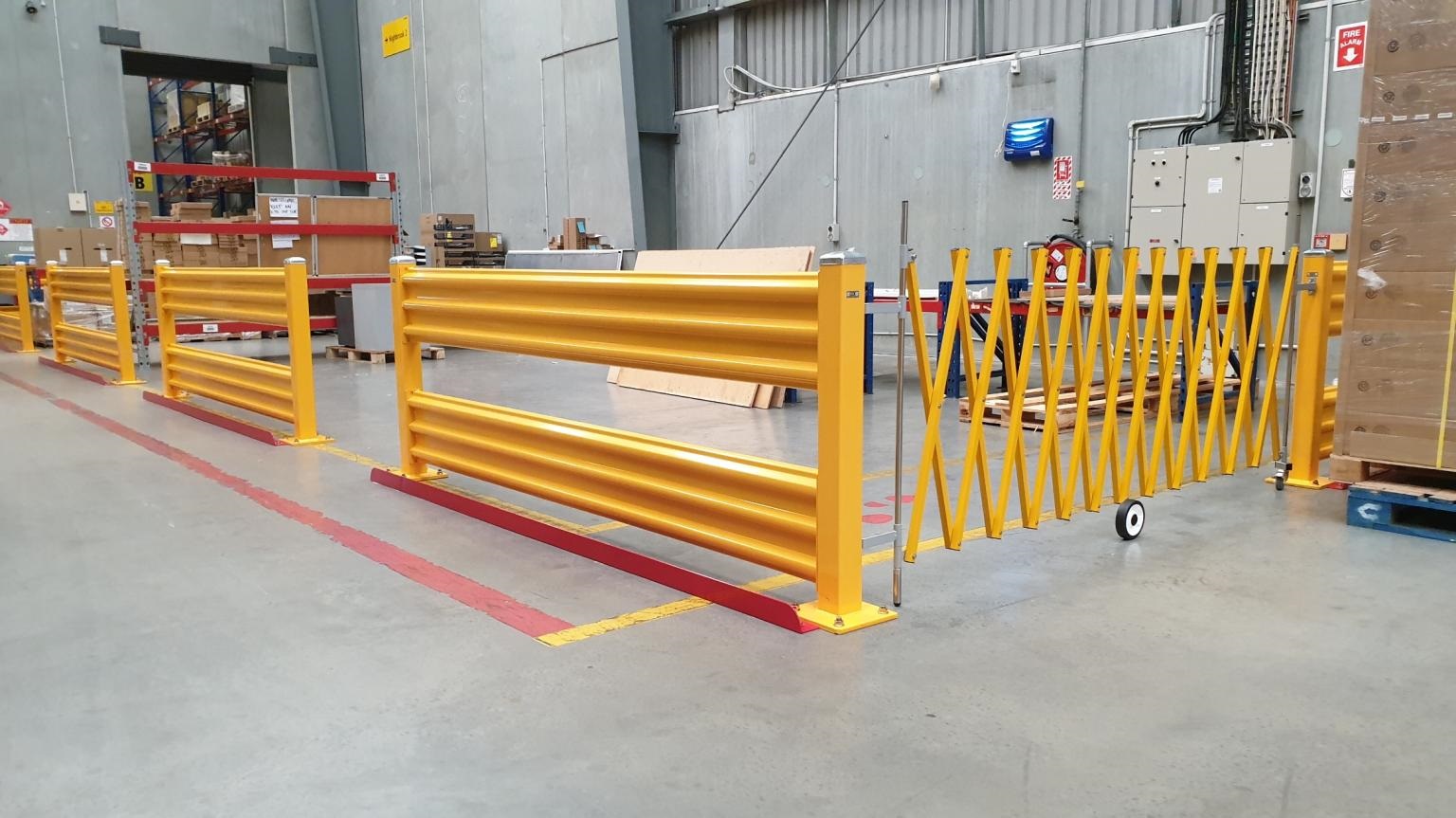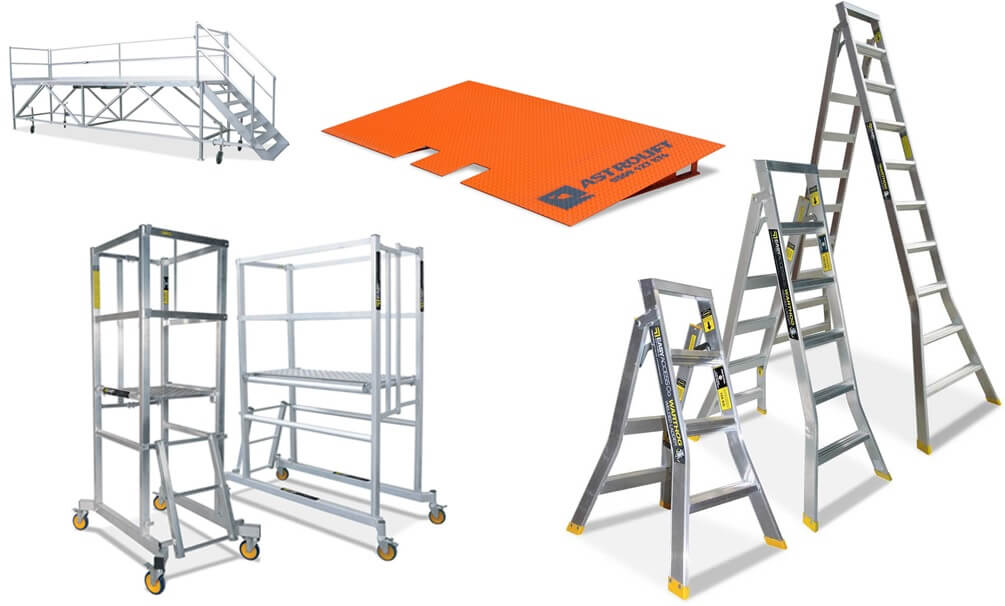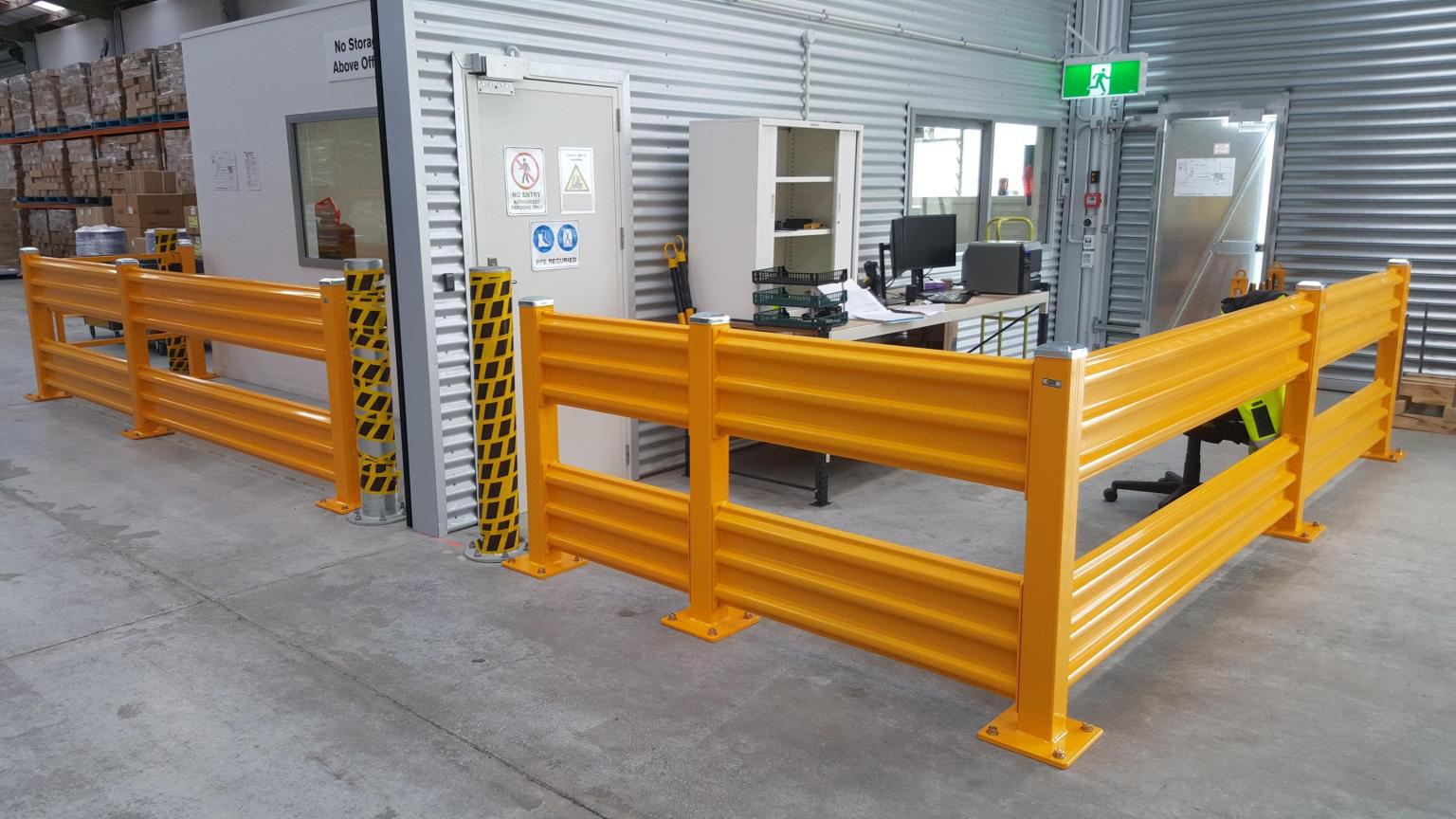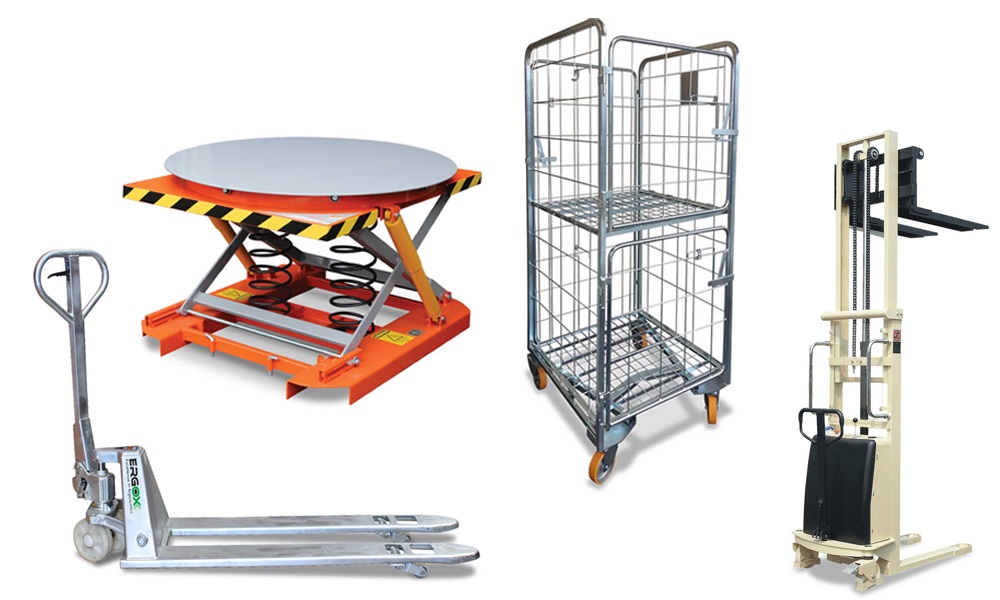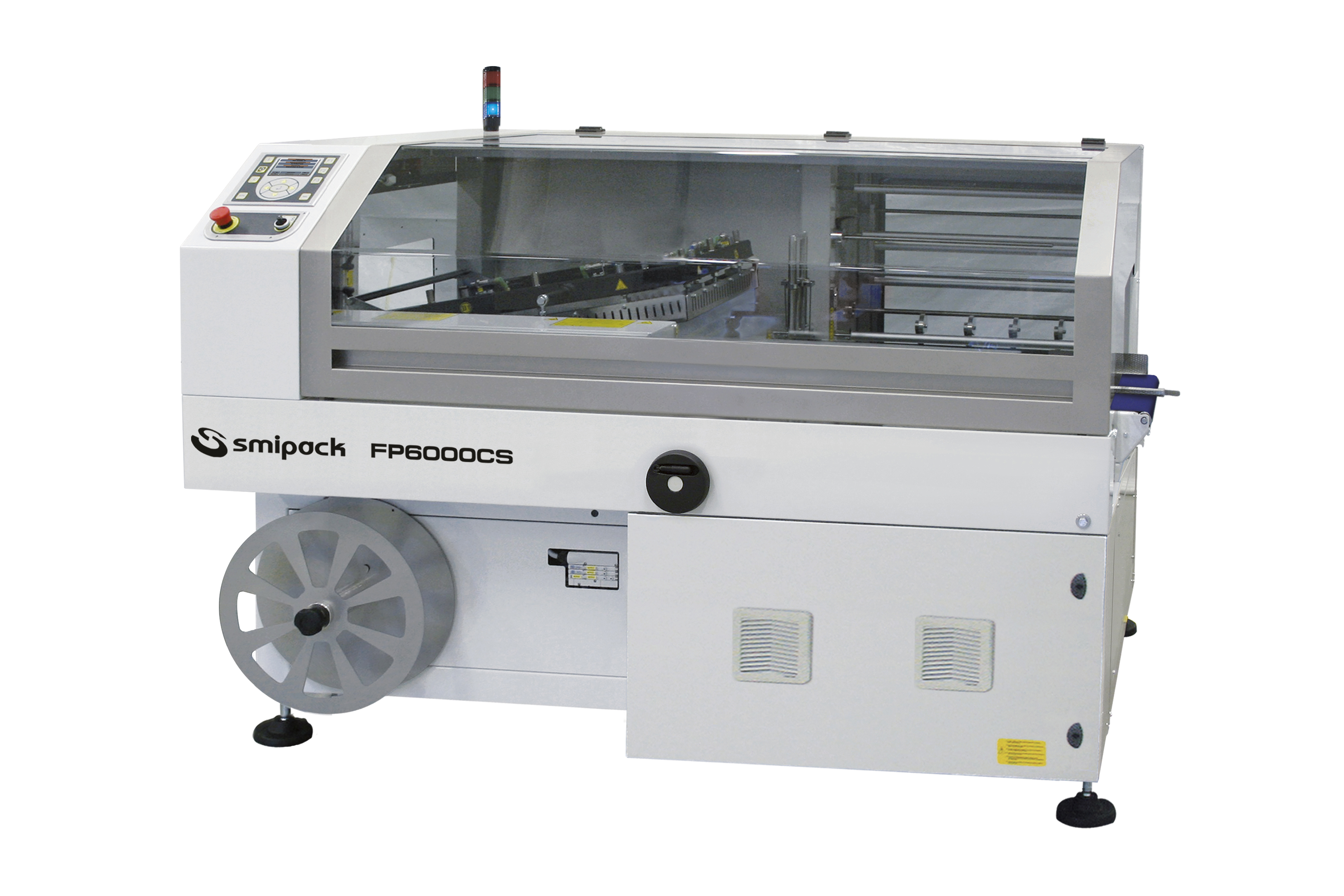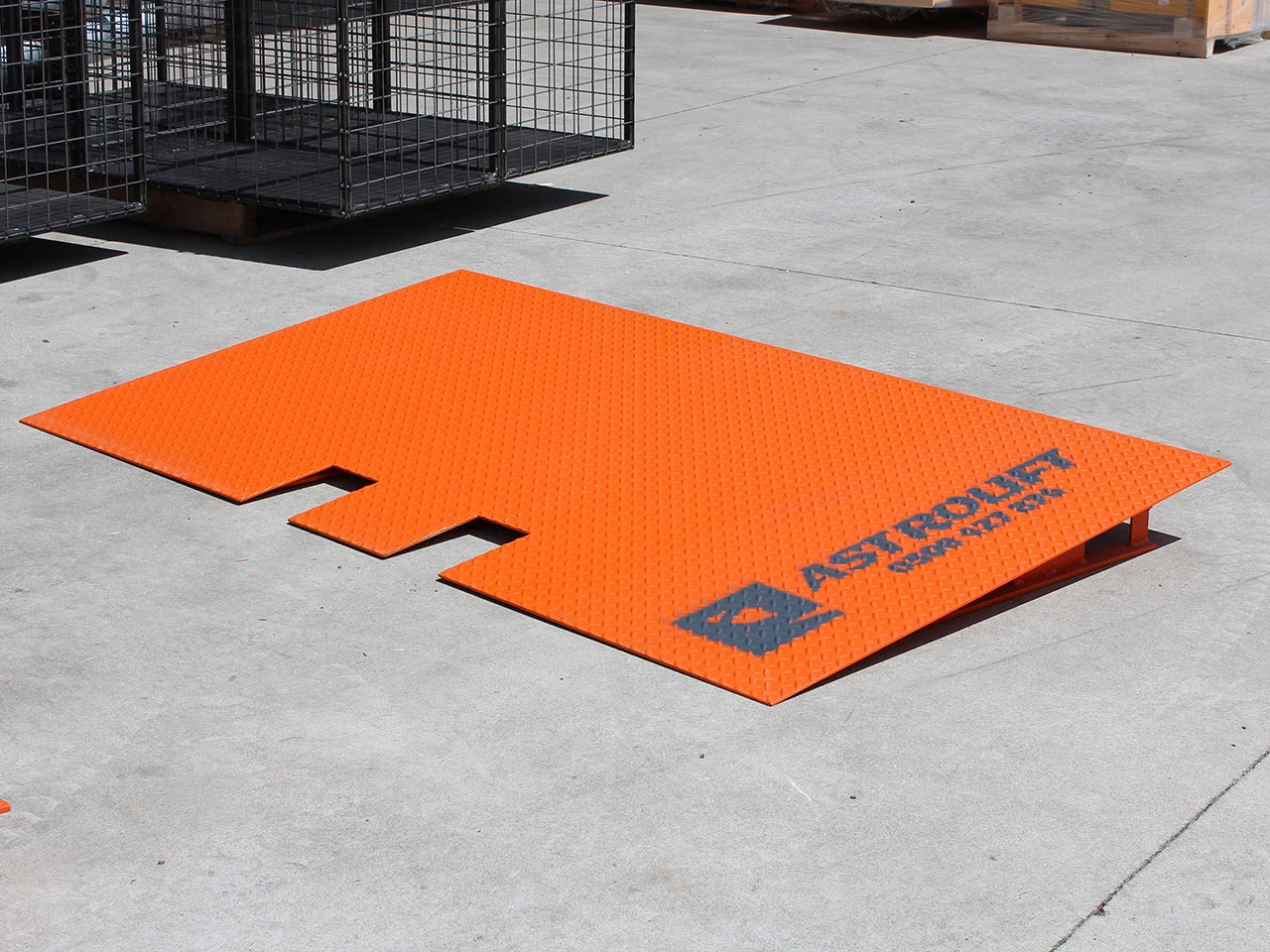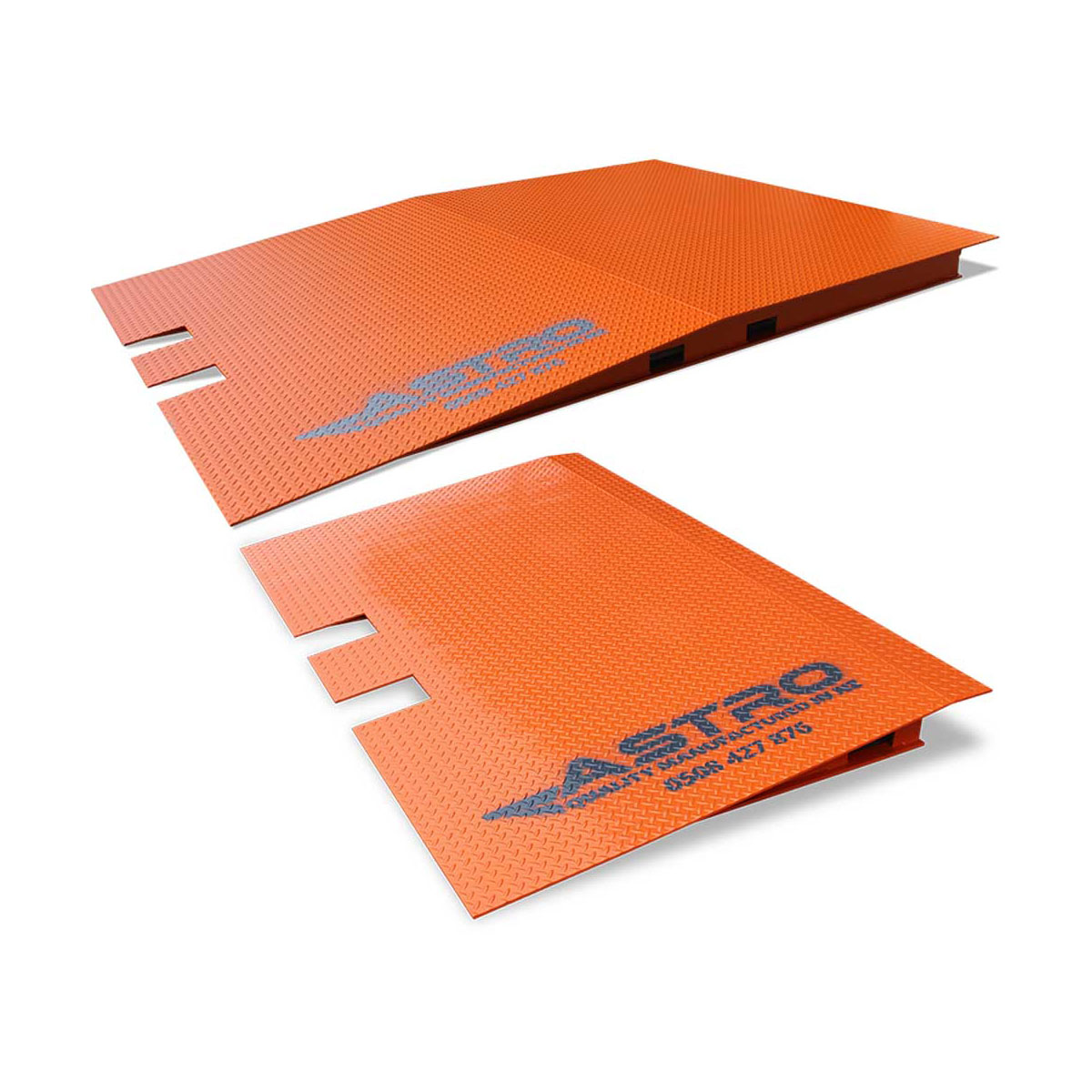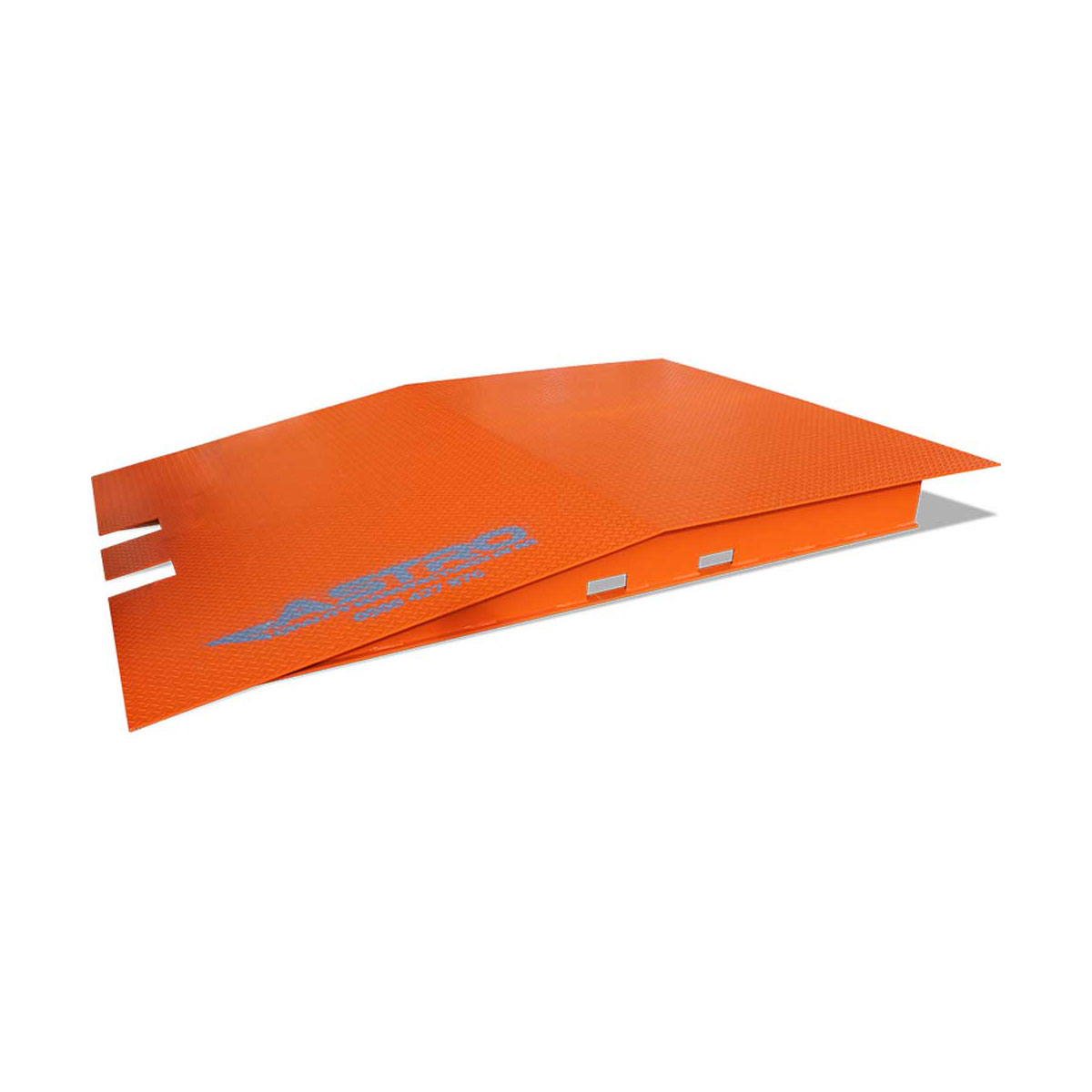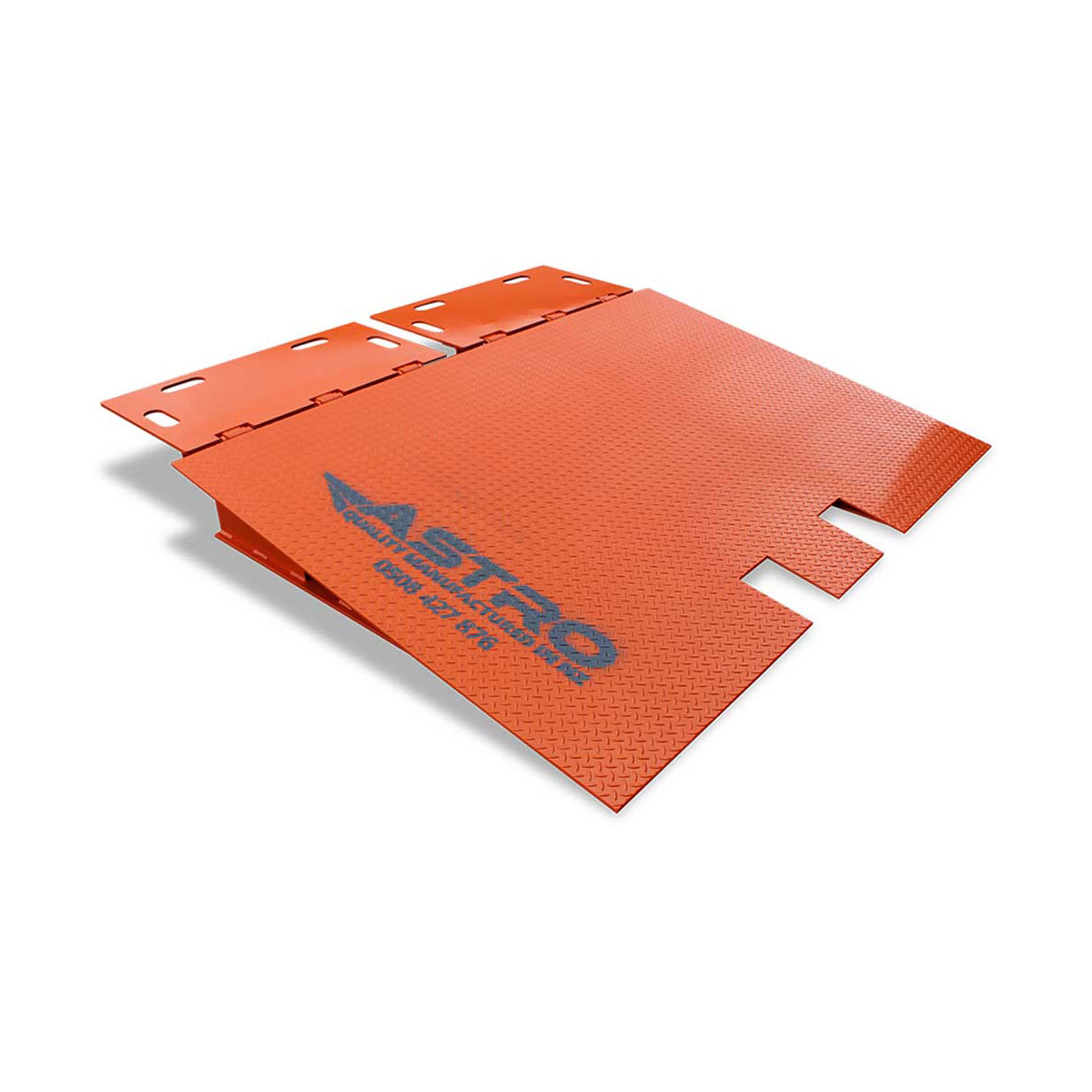When dealing with shipping containers, container ramps are needed for getting forklifts and pallet jacks in and out. However, not all container ramps will work for every container or load height. Let's breakdown the key things to bear in mind when choosing a container ramp.
Pallet Jack Container Ramps
This small container ramp is designed for getting pallet jacks in and out of shipping containers. With a smaller size and side handles, workers can easily pick it up and move it from container to container.
Standard or Refrigerated container ramps


Designed for carrying heavy forklifts, our container ramps are NZ certified for loads up to 8000kg! Our standard container ramps have a height of 160mm, allowing the edge of the ramp to sit just in the doorway of the container. Refrigerated containers, also known as Reefer Containers, need higher ramps due to their fluted metal floors, so our refrigerated container ramps have a height of 227 - 260mm to suit.
Platform Length
The last factor to consider is the length of the top platform area of the ramp. The length ramp you need will be determined by what sort of machine you will be loading/unloading with, how close your pallets are to the container ceiling, and how far they are sitting within the container doorway.
The shorter the platform, the more angled the machine will be when entering the container. Entering a container when the flat platform is short means the rear wheels of the forklift are still on the angled part of the ramp which causes the forklift to enter the container on an angle. This can mean access to the first pallets in the container can be difficult or cause a very tall pallet to Hit the ceiling when entering or leaving the container.
